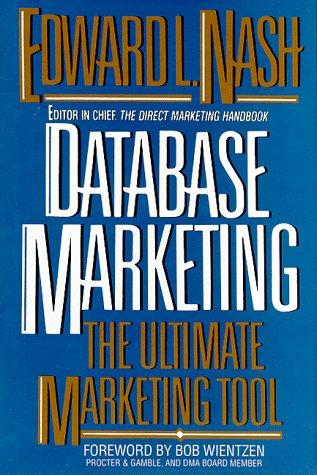Answered step by step
Verified Expert Solution
Question
1 Approved Answer
IS THE FOLLOWING DECOMPOSITION A LOSSLESS JOIN? a) R1 = {A,B,D,E,F} with (A,D,E) as a key for R1 and R2 = {B,D,C} with (B,D) as
IS THE FOLLOWING DECOMPOSITION A LOSSLESS JOIN?
a) R1 = {A,B,D,E,F} with (A,D,E) as a key for R1 and R2 = {B,D,C} with (B,D) as a key for R2.
b) R3 = {A,E,F} with (A,E) as a key for R3 and R4 = {A,D,E} with (A,E,D) as a key for R4.
c) R5 = {A,E,F} with (A,E) as a key for R5 and R6 = {A,D,E} with (A,E,D) as a key for R6.
d) Determine whether each of the decompositions in the previous questions (a,b,c) has the dependency preserving property and conclude for the whole decomposition. Justify your answer concisely.

Step by Step Solution
There are 3 Steps involved in it
Step: 1

Get Instant Access to Expert-Tailored Solutions
See step-by-step solutions with expert insights and AI powered tools for academic success
Step: 2

Step: 3

Ace Your Homework with AI
Get the answers you need in no time with our AI-driven, step-by-step assistance
Get Started


